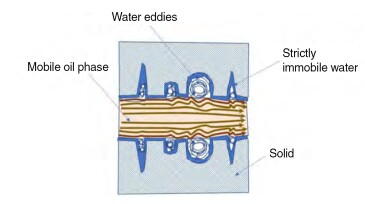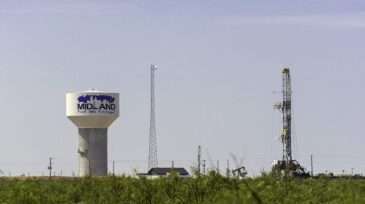Reservoir
Production from the Búzios field now tops 1 million B/D with six floating production systems in operation and more on the way.
Geophysicist Markos Sourial discusses advances in seismic imaging, the challenges of modern data processing, and what they mean for the next wave of subsurface professionals.
A new Eni/Petronas venture is targeting 500,000 BOE/D in output from combined upstream portfolios across Malaysia and Indonesia.
-
Artificial intelligence (AI) and machine learning (ML) technologies have rapidly progressed and have significantly affected traditional reservoir engineering, bringing innovative methodologies to reservoir simulations. However, it is essential to understand that these AI and ML technologies are only as effective and trustworthy as the data they are trained on.
-
This paper describes a work flow that integrates data analysis, machine learning, and artificial intelligence to unlock the potential of large relative permeability databases.
-
A decade ago, SPE defined key R&D and technology challenges for the industry. To address the more uncertain environment of the 2020s and beyond, we have updated the grand challenges via a January 2023 SPE workshop.
-
The objective of this study was to establish an efficient optimization work flow to improve vertical and areal sweep in a sour-gas injection operation, thereby maximizing recovery under operation constraints.
-
The objective of this paper is to present a fundamentals-based model of three-phase flow consistent with observation that avoids the pitfalls of conventional models such as Stone II or Baker’s three-phase permeability models.
-
DJ Basin player enters the Permian Basin with a pair of asset purchases from private-equity vehicles.
-
The US-based drilling contractor and well completions company will combine to form the second-biggest service company in North America.
-
A concurrent deal to sell off some of the acquired assets to Northern Oil and Gas will effectively lower the acquisition cost to $1 billion.
-
A Kimmeridge Energy executive said at the Unconventional Resources Technology Conference that he wants to "make unconventional resources investable in a low-carbon world."
-
A slate of new pipeline projects are expected to help relieve the oil-rich region's associated gas bottleneck.













